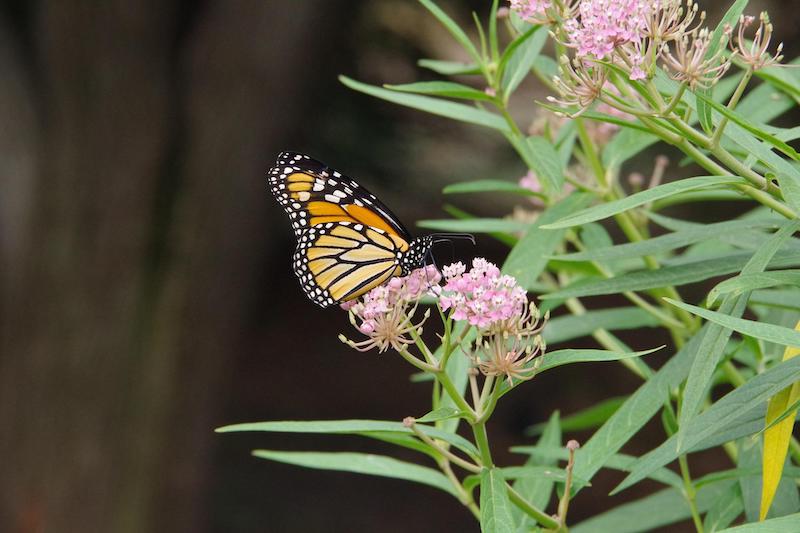Milkweed or Asclepias is a perennial with an upright growth habit. Native Milkweed is herbaceous, while tropical Milkweed will retain its growth in warm regions. Delicate-looking flowers bloom in clusters and are a draw for various butterflies, including Monarchs. The lovely flowers later turn into long and prolific seed pods. Milkweed is very easy to grow, and while the plant will respond to care and attention, this plant can still do well in challenging conditions with little effort.

What You Need To Plant Milkweed
- Shovel
- Compost or manure
- Garden spade
- Good location
- Water source
- Mulch
Where to Plant Milkweed
The ideal spot for Milkweed will receive full sunlight. This perennial needs at least 6 hours of sunlight per day, so select an area on the south or west side of a building that is not obstructed by trees or structures. Milkweed is not fussy about soil, and while this plant can live in poor soil, it will grow better in fertile, slightly acidic soil. Position the plant so the top of the root ball is the same height as the ground.

Milkweed Spacing
A trellis or support is unnecessary, as Milkweed can easily support itself. While this perennial will grow 3 to 4 feet tall, it will spread out 1 to 2 feet. Plants should be spaced 18 to 24 inches apart or away from buildings to allow air to circulate around the foliage. Plants grown too close are prone to mold or fungus, so giving them room to breathe is a simple solution.
Steps To Plant Milkweed
Step 1 - Select an area that receives full sunlight
Step 2 - Dig a hole slightly larger than the root ball
Step 3 - Amend the soil with organic compost or manure
Step 4 - Position the root ball in the hole, so the top is level with the ground
Step 5 - Fill the hole in with soil and gently press the dirt into place
Step 6 - Water the plant to saturate the area above the root ball
When to Plant Milkweed
Established plants can be planted in the spring. As an herbaceous perennial, it is best to give native plants as much time to acclimate as possible before the weather turns cold. Milkweed naturally self-seeds in the late summer or fall. Plants can be allowed to drop their seeds, or seeds can be sown in the fall for spring-time plants. Milkweed seeds need exposure to cold temperatures during the winter to increase the odds of germination.
Transplanting Milkweed
Milkweed naturally spreads via rhizomes or seeds. Plants can be divided during the spring, or small plants grown from seed can be dug up and moved early in the growing season. Plants are more likely to survive if they have an established root system going into the winter, so the earlier in the growing season Milkweed can be transplanted, the better.
 |
Author Alison Cotsonas - Published 08-07-2022 |
